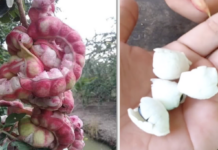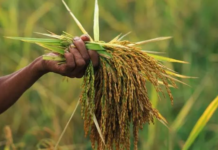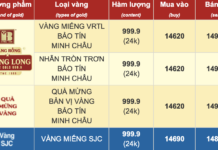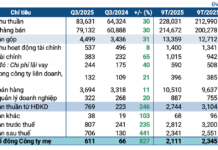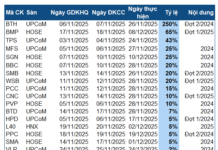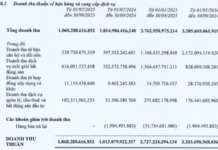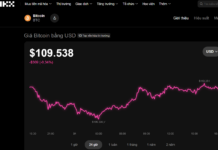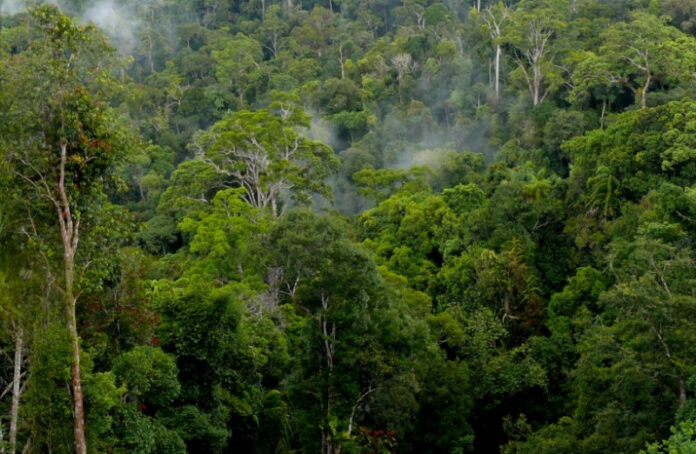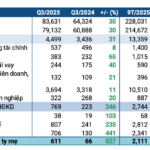Dr. Le Hoang The, from The Vos Eco-System JSC, shared that the carbon credit market is a trading system that facilitates the buying and selling of greenhouse gas emission allowances between businesses, organizations, localities, and nations.
There are two types of carbon credit markets: the voluntary market and the compliance market. The voluntary market is based on countries’ commitments under the United Nations Framework Convention on Climate Change (UNFCCC). On the other hand, the compliance market is based on bilateral or multilateral cooperation, where buyers of credits engage in transactions to meet environmental and social policies.
Currently, Vietnam is among the countries with the fastest-growing carbon emissions globally. However, it is also one of the nations with significant potential for supplying carbon credits.
It is estimated that Vietnam’s forestry sector alone holds 57 million carbon credits, equivalent to 52 million tons of CO2 that can be sold to international organizations. If we optimistically consider the country’s vast forest and marine resources, we could have approximately 5 billion carbon credits, according to Mr. The.
Mr. The also highlighted that Vietnam’s geographical advantage not only offers a large reserve of carbon credits but also the potential to develop a super-premium type of credit called organic carbon.
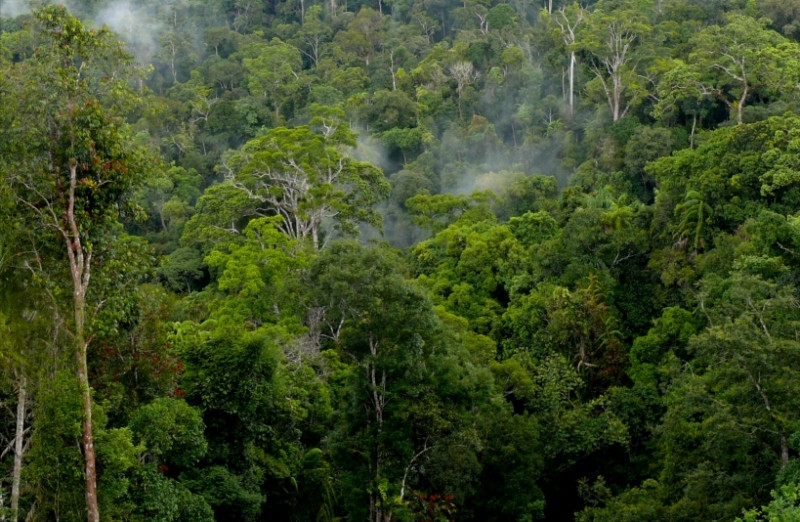 Vietnam’s forestry sector has the potential to sell 52 million tons of CO2. Illustrative image |
The expert also emphasized that the growth equation must now include the carbon credit narrative. The carbon credit market is propelled by corporate climate commitments and consumers’ growing interest in mitigating climate change.
So, what is a reasonable price for selling carbon credits?
In late 2023, Vietnam earned its first revenue from selling forest carbon credits by transferring 10.3 million tons of CO2 to the World Bank at a unit price of 5 USD/ton. This transaction brought in 51.5 million USD, which was then distributed to the forest owners.
Recently, several localities have received inquiries from domestic and international organizations and individuals interested in implementing forest carbon sequestration and storage services. This includes measuring, reporting, verifying, issuing, and trading forest carbon credits. Provinces like Quang Nam, Son La, Lao Cai, and Thanh Hoa have proposed developing and implementing pilot schemes for investing in and trading forest carbon credits.
The Ministry of Agriculture and Rural Development and the Emergent Forest Finance Facility, the administrative body of the Lowering Emissions by Accelerating Forest Finance (LEAF) Alliance, are preparing to negotiate, sign, and implement an agreement to sell 5.15 million tons of CO2 from the Central Highlands and South Central regions to LEAF/Emergent for the period 2021-2025. The expected price is 10 USD/carbon credit.
Dr. Le Xuan Nghia, Director of the Carbon Finance Development Institute (CODE), shared that carbon prices are soaring. CODE has negotiated a price of 30 USD/credit but is facing procedural challenges that prevent the sale from being finalized.
During a recent discussion on socio-economic issues in the National Assembly, Mr. Nguyen Quang Huan, Vice President of the Vietnam Private Business Association, expressed his enthusiasm about Vietnam’s earnings of 51.5 million USD from the voluntary market. He emphasized the urgency of establishing a compliance market, as prices in the voluntary market are currently low, around 10 USD/credit. In contrast, the compliance market could offer prices ranging from 40 to 60 USD, and the EU’s JCM mechanism could reach up to 110 USD/carbon credit.
With nearly 30 countries and territories worldwide having already implemented carbon taxes, ranging from 1 to 137 USD/ton of CO2 (1 ton of CO2 equals 1 carbon credit), developing the carbon credit market sooner rather than later will enable farmers to reap dual profits from their agricultural produce and carbon credits.
Tam An
Hydrogen-powered cars outshine electric vehicles, but the truth is disappointing: A major player hastily retreats, shutting down a series of refueling stations.
A series of hydrocharging stations in the capital city of California (USA) have recently been shut down.


